
Roots
In the quiet moments before dawn, as the world slumbers, our bodies are engaged in a symphony of restoration. Yet, for many, this nightly concert is interrupted, fragmented, or cut short. We often consider the immediate effects of poor sleep on our energy or mood, perhaps even the visible signs on our skin.
But what of the unseen world dwelling on our scalp, the bustling community of microorganisms that calls our skin home? Could the delicate balance of this microscopic realm, known as the scalp microbiome, truly be disturbed by the rhythms of our rest, or the lack thereof?
This question leads us to a foundational understanding of both sleep and the scalp’s unique ecosystem. The scalp, a rich, lipid-filled landscape, hosts a diverse population of bacteria, fungi, and yeasts. These tiny inhabitants, often in a harmonious coexistence, play a vital role in maintaining the scalp’s health, its protective barrier, and even the vitality of our hair. Their collective activities influence everything from pH levels to immune responses, forming a complex biological shield.
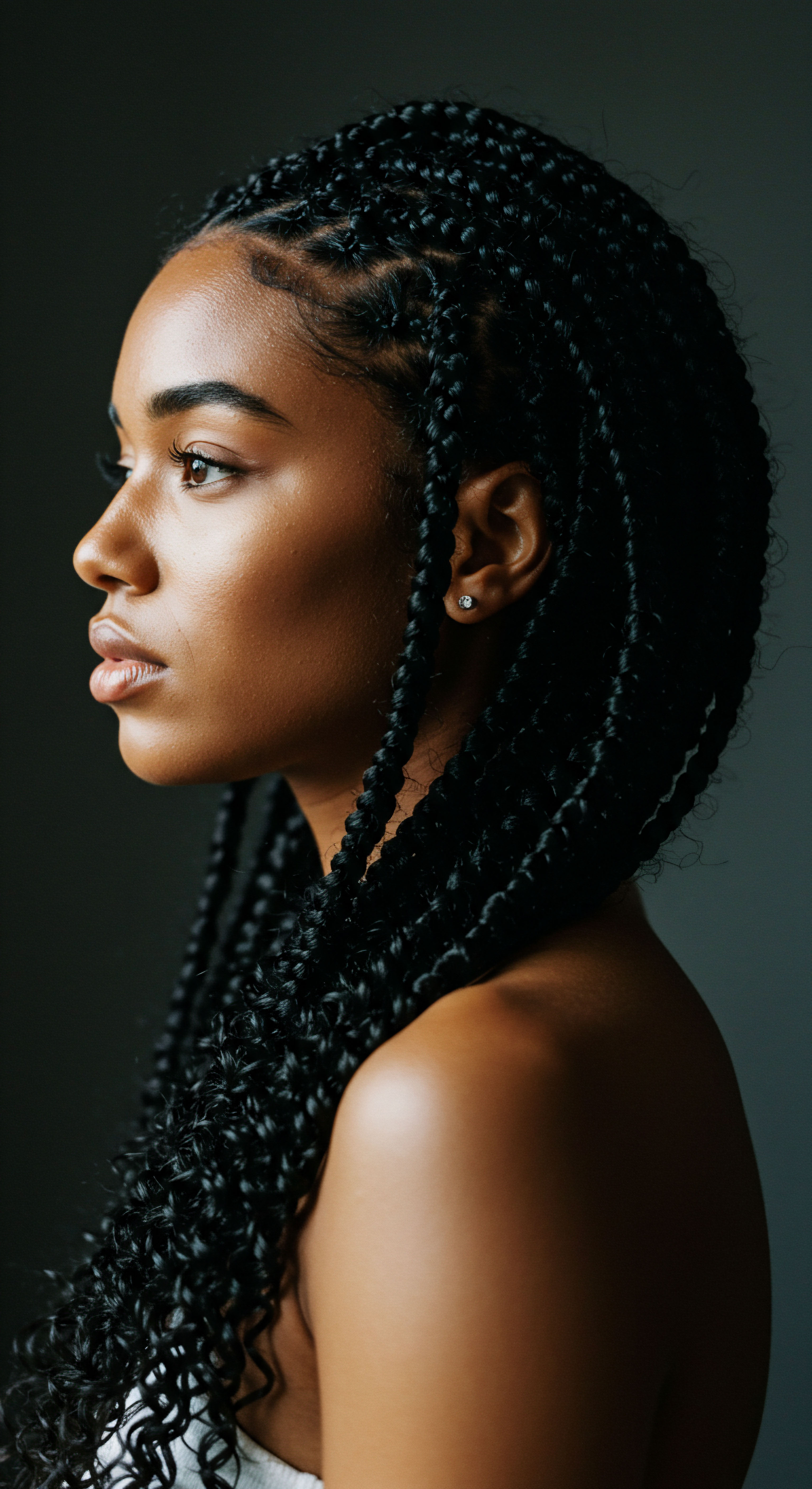
Understanding the Scalp’s Microbial Residents
The scalp microbiome, like a thriving forest, consists of various species, each with its part to play. Key among these are the fungi from the genus Malassezia, particularly Malassezia Restricta and Malassezia Globosa, which flourish on the sebum produced by our sebaceous glands. Alongside these, bacterial species such as Cutibacterium Acnes and Staphylococcus Epidermidis are common residents.
These microorganisms contribute to maintaining an acidic pH, a protective environment that discourages the proliferation of less desirable microbes. They also engage with our immune pathways, helping to keep our scalp healthy and balanced.
When this balance shifts, often referred to as dysbiosis, it can pave the way for various scalp concerns. For instance, an increased presence of certain Malassezia species, alongside a reduction in Cutibacterium Acnes and an increase in Staphylococcus Epidermidis, has been associated with conditions like dandruff and seborrheic dermatitis. This underscores that the issue is rarely a single culprit but rather a complex interplay among the microbial community members.

The Biology of Sleep and Its Systemic Echoes
Sleep, far from being a passive state, is a period of intense physiological repair and regeneration for the entire body. During these hours, our cells work to mend the day’s wear and tear, and our hormonal systems reset. The body cycles through different sleep stages, including deep sleep, where vital growth hormones are released, supporting cellular renewal across various tissues, including the skin and hair follicles.
Disruption to this natural rhythm can have cascading effects. One significant consequence is the elevation of stress hormones, particularly Cortisol. When sleep is consistently insufficient, cortisol levels remain high, setting off a chain of physiological changes throughout the body. This includes alterations in inflammatory responses and even changes in the skin’s protective barrier function.
The scalp microbiome, a vibrant ecosystem of bacteria and fungi, plays a pivotal role in scalp health, a balance potentially influenced by the body’s sleep patterns.
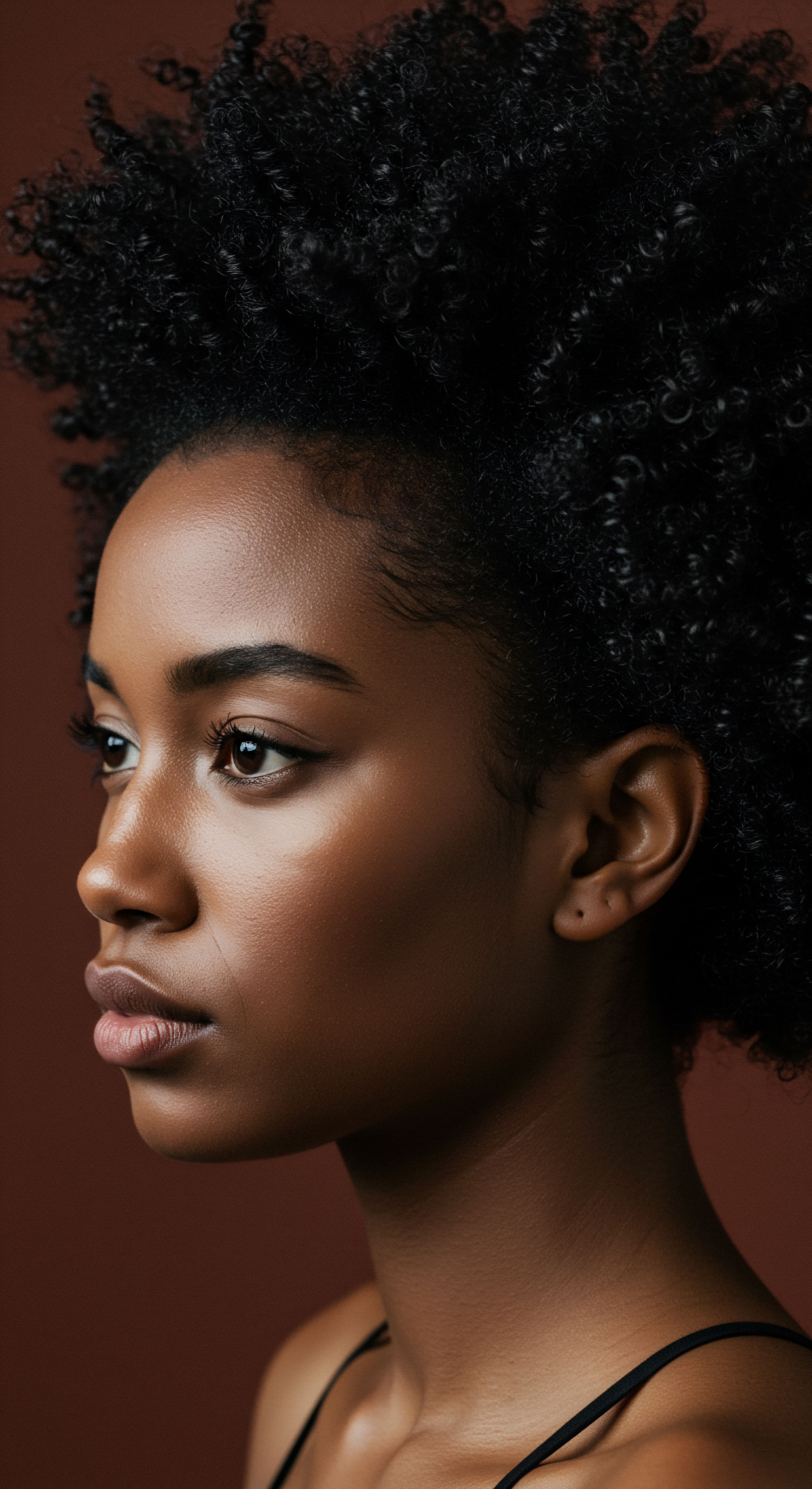
Connecting the Unseen ❉ Sleep and Microbial Equilibrium
The connection between sleep and the scalp microbiome is not always direct, but rather a sophisticated dance of interconnected biological systems. Poor sleep often leads to increased physiological stress, and stress itself has been shown to alter the composition of skin microbiota. Studies suggest that in stressed individuals, certain bacterial species, such as Corynebacterium and Staphylococcus, may become more prevalent.
This systemic impact of sleep disruption on stress hormones and the immune system creates a fertile ground for shifts in the scalp’s microbial landscape. An impaired skin barrier, often a consequence of sleep deprivation, can make the scalp more susceptible to external factors and potentially disrupt the microbial harmony.
| Microorganism Type Fungi (Yeast) |
| Common Species Malassezia restricta, Malassezia globosa |
| Typical Role in Healthy Scalp Feeds on sebum, contributes to acidic pH |
| Microorganism Type Bacteria |
| Common Species Cutibacterium acnes |
| Typical Role in Healthy Scalp Metabolizes lipids, common resident |
| Microorganism Type Bacteria |
| Common Species Staphylococcus epidermidis |
| Typical Role in Healthy Scalp Produces antimicrobial peptides, modulates inflammation |
| Microorganism Type These organisms maintain a delicate balance that supports scalp health. |

Ritual
The daily rhythm of our lives, punctuated by the sun’s ascent and descent, often dictates the rituals we undertake. From the first splash of water in the morning to the quiet moments before we surrender to slumber, these practices shape our well-being. For textured hair, these rituals hold particular significance, acting as a protective embrace against the world. But how do these routines, especially those enacted as night falls, intertwine with the unseen world of the scalp microbiome, and how does the quality of our rest play its part in this intricate connection?
The transition from day to night is not merely a change in light; it signals a shift in our body’s priorities. As we prepare for sleep, our skin, including the scalp, moves into a phase of repair and regeneration. The choices we make during our evening hair care, from cleansing to styling, can either support or hinder this natural restorative process and, by extension, influence the delicate balance of our scalp’s microbial community.
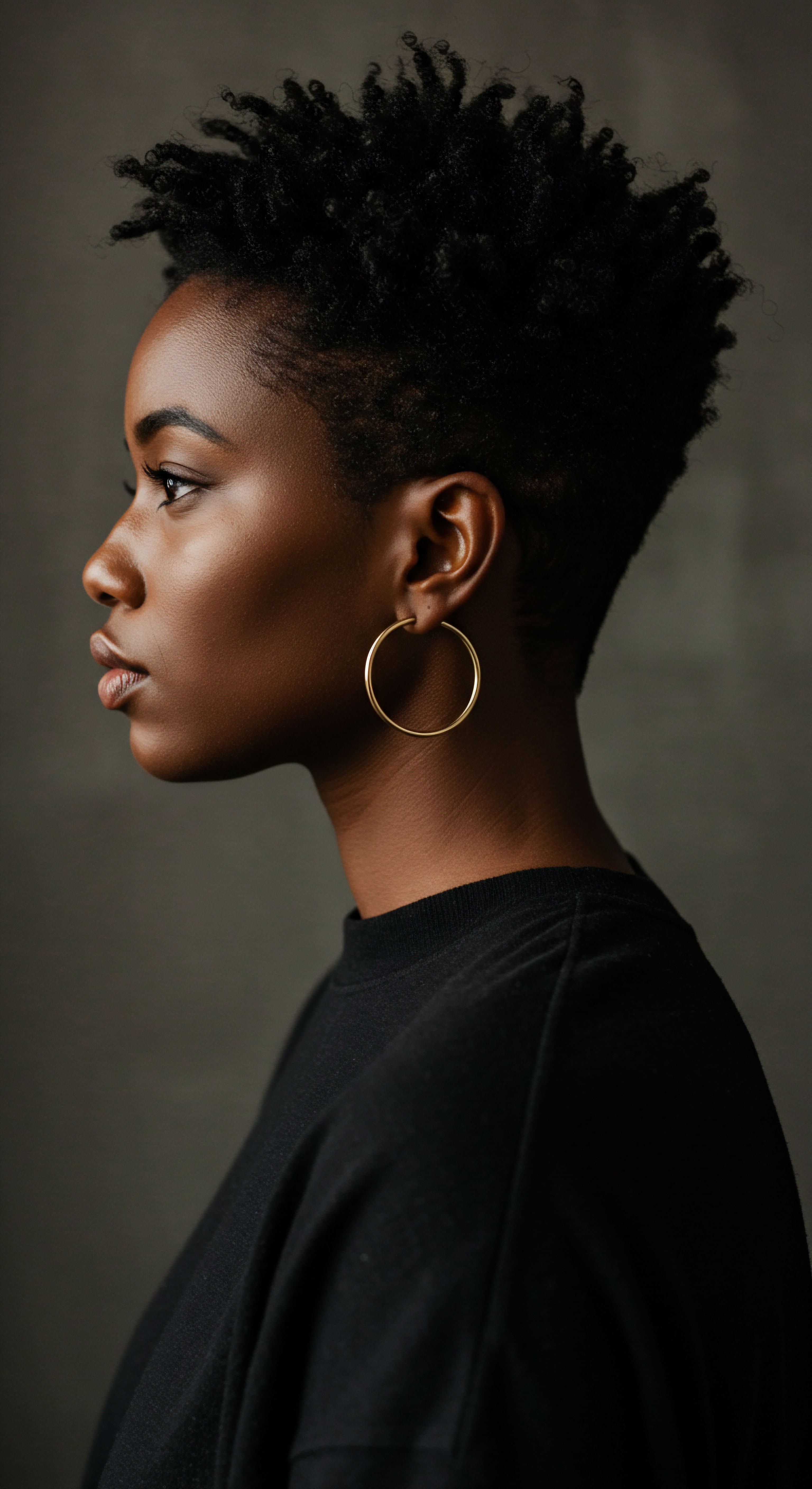
Nighttime Care for Textured Hair
For textured hair, protective measures at night are not simply about preserving a style; they are about safeguarding the integrity of the strands and the health of the scalp. Practices such as braiding, twisting, or the “pineapple method” help to minimize friction against pillowcases, reducing tangles, frizz, and breakage. The choice of pillowcase material also matters significantly. Satin or Silk Pillowcases, unlike cotton, create less friction and absorb less moisture, allowing hair to retain its natural hydration and oils.
- Brushing Gently ❉ Before bed, a few gentle strokes with a soft-bristle brush can help detangle and distribute natural oils or applied products, simultaneously stimulating blood circulation in the scalp.
- Moisture Retention ❉ Sealing moisture into the hair, particularly the ends, before bed is crucial. Lightweight creams or sealing oils can provide lasting hydration, preventing dryness that might otherwise contribute to scalp irritation.
- Protective Styles ❉ Opting for styles like Loose Braids or a High Pineapple Ponytail helps prevent tangles and reduces physical stress on the hair and scalp during sleep.
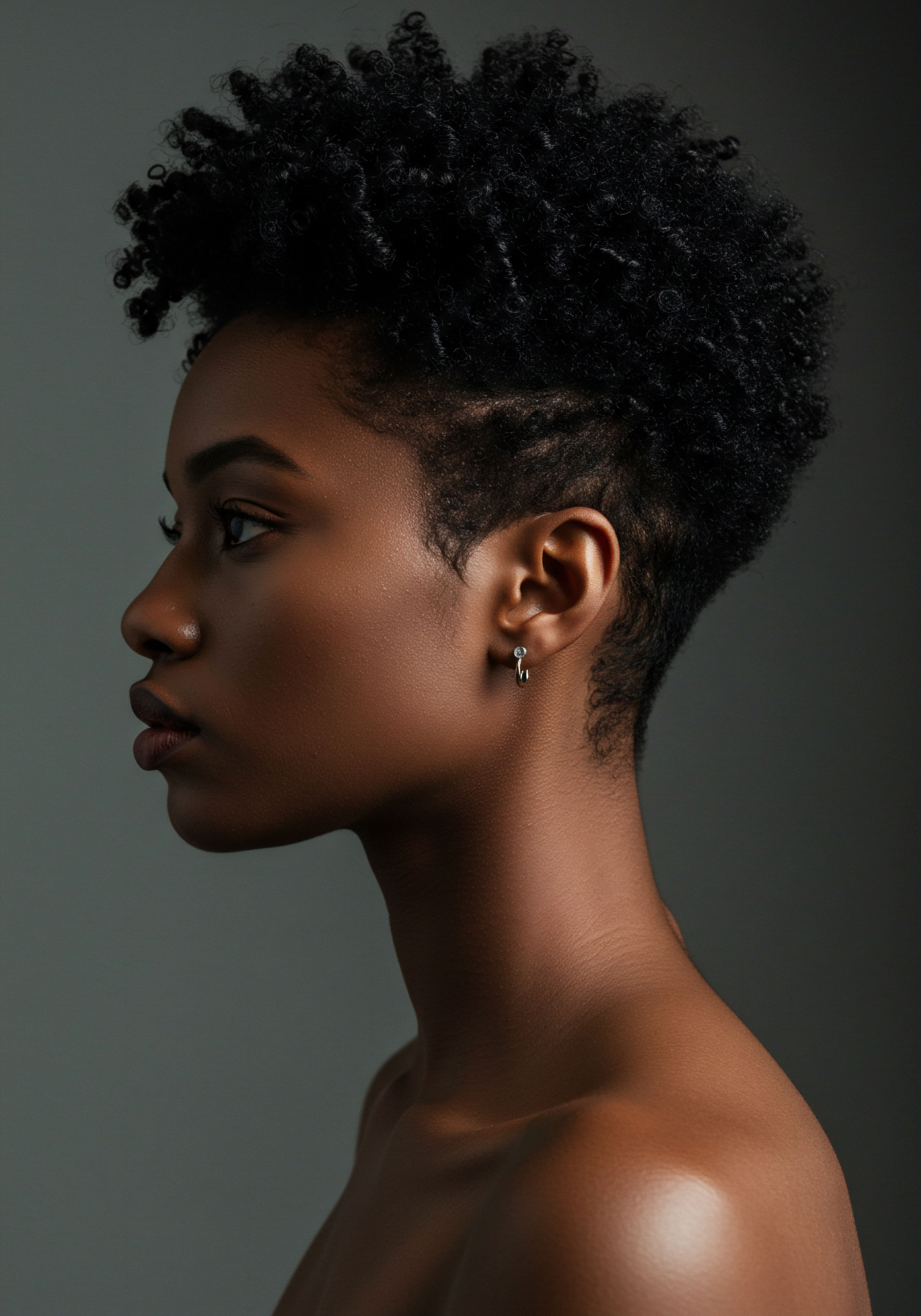
Environmental Factors During Sleep
Beyond direct hair care, the sleeping environment itself contributes to scalp health. Temperature, humidity, and even the cleanliness of bedding can influence the microbial landscape. A scalp that becomes overly warm or moist due to heavy coverings or damp hair can create a more hospitable environment for certain microbial populations to flourish disproportionately. This highlights why going to bed with damp hair is often advised against, as it can foster an environment conducive to fungal growth.
Nighttime hair care rituals, such as using satin bonnets and protective styles, play a crucial role in safeguarding textured hair and indirectly support scalp microbiome balance by minimizing friction and moisture loss.

Product Choices and Microbial Influence
The products we apply to our hair and scalp, especially those left on overnight, also interact with the microbiome. Some ingredients can nourish, while others might disrupt the delicate microbial balance. For instance, traditional practices like Hair Oiling, often done overnight, can provide moisture and support scalp health, but the type and quantity of oil, as well as the scalp’s individual response, are key considerations.
| Practice Use Satin/Silk Pillowcase or Bonnet |
| Benefit for Hair Reduces friction, breakage, frizz; retains moisture |
| Indirect Scalp Microbiome Benefit Minimizes physical irritation, supporting skin barrier integrity |
| Practice Gentle Brushing/Combing |
| Benefit for Hair Detangles, distributes oils, stimulates circulation |
| Indirect Scalp Microbiome Benefit Promotes healthy blood flow, aids natural cleansing processes |
| Practice Protective Styling (Braids, Pineapple) |
| Benefit for Hair Prevents tangles, preserves style, reduces stress on strands |
| Indirect Scalp Microbiome Benefit Reduces scalp tension, less opportunity for mechanical irritation |
| Practice Moisture Sealing |
| Benefit for Hair Keeps hair hydrated, reduces dryness |
| Indirect Scalp Microbiome Benefit Supports skin barrier function, prevents dryness-related irritation |
| Practice These habits collectively contribute to a more balanced scalp environment. |
A notable example from traditional practices, such as those found in some Indian Ayurvedic traditions, involves leaving specific oils on the hair and scalp overnight. This practice, often accompanied by a gentle massage, is believed to nourish the scalp and hair, promoting overall vitality. While not directly about the microbiome, the principles of nourishing the scalp and supporting its natural functions align with maintaining a balanced microbial environment. Conversely, harsh or overly occlusive products could potentially create an anaerobic environment, favoring certain microbial overgrowths.
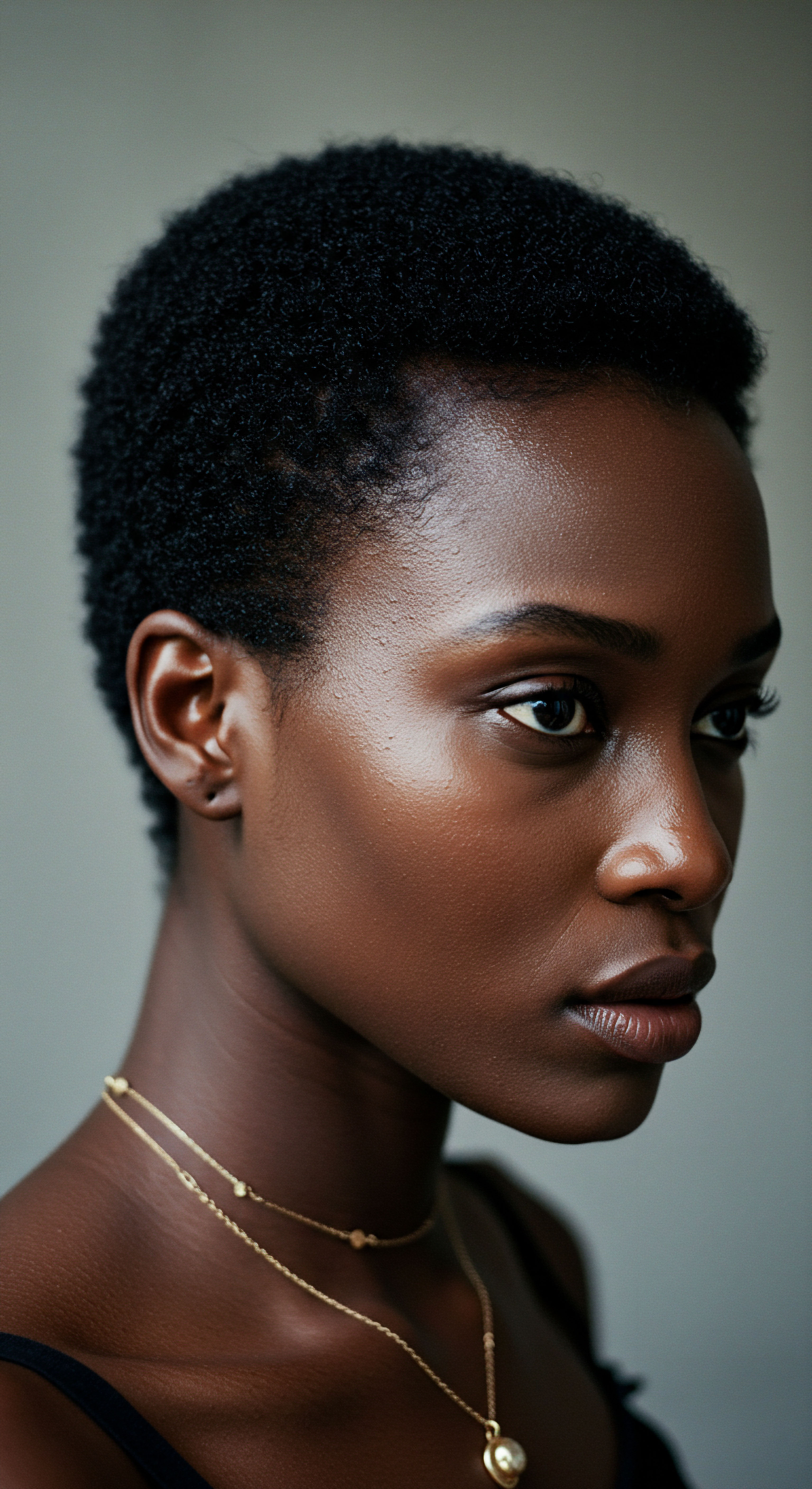
How does Sleep Quality Affect Nighttime Scalp Processes?
The quality of our sleep influences the efficacy of these nighttime rituals. When sleep is restorative, the body’s natural repair mechanisms are at their peak. This includes processes that strengthen the skin barrier, regulate sebum production, and modulate inflammatory responses on the scalp.
If sleep is consistently disturbed, these fundamental biological functions are compromised. The scalp’s ability to regenerate cells, maintain hydration, and regulate its natural defenses can falter, potentially creating an environment less conducive to a balanced microbiome.
Consider a study published in the Journal of Cosmetics, Dermatological Sciences and Applications, which found that sleep deprivation impaired the skin’s barrier function, leading to increased transepidermal water loss and a loss of skin hydration. While this study focused on facial skin, the principles extend to the scalp. A compromised scalp barrier, characterized by dryness or increased permeability, can make the scalp more vulnerable to external irritants and potentially alter the microbial ecosystem.
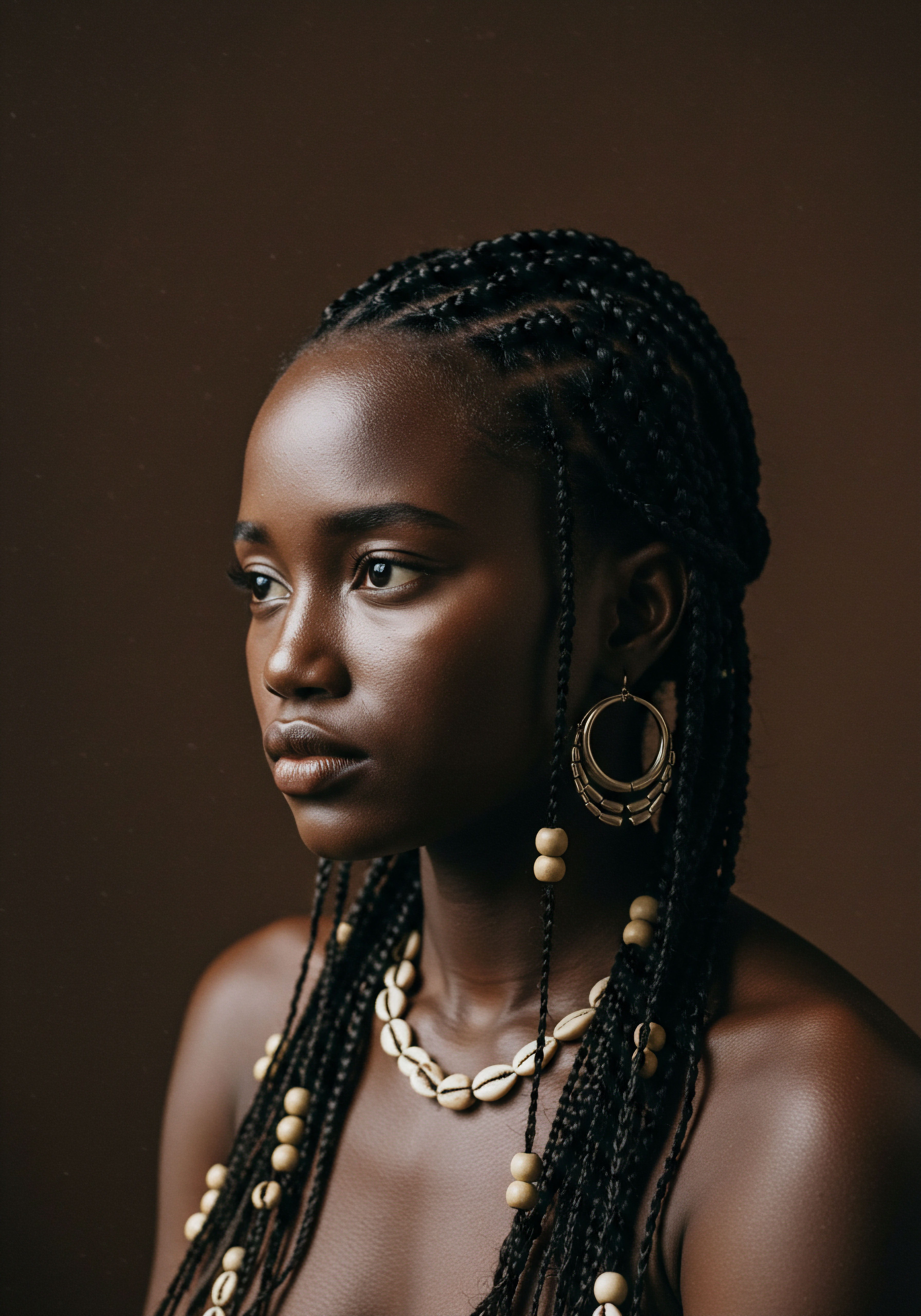
Relay
The human body is a marvel of interconnected systems, a dynamic interplay where the quiet hum of one process can send ripples through another, seemingly distant, realm. Our exploration of sleep and the scalp microbiome deepens now, moving beyond direct observations to consider the intricate, multi-dimensional connections that bind them. How does the profound biological orchestration of sleep, or its disruption, truly transmit its effects to the microscopic communities residing on our scalp, influencing their delicate equilibrium and, in turn, our textured hair’s well-being?
The relationship between sleep and the scalp’s microbial landscape is not a simple cause-and-effect; rather, it is a sophisticated dialogue mediated by complex physiological pathways. These pathways involve hormones, the immune system, and even the nervous system, all of which are profoundly influenced by the quality and duration of our rest. Understanding this interplay requires a closer look at the mechanisms that relay the impact of sleep to our skin’s outermost frontier.
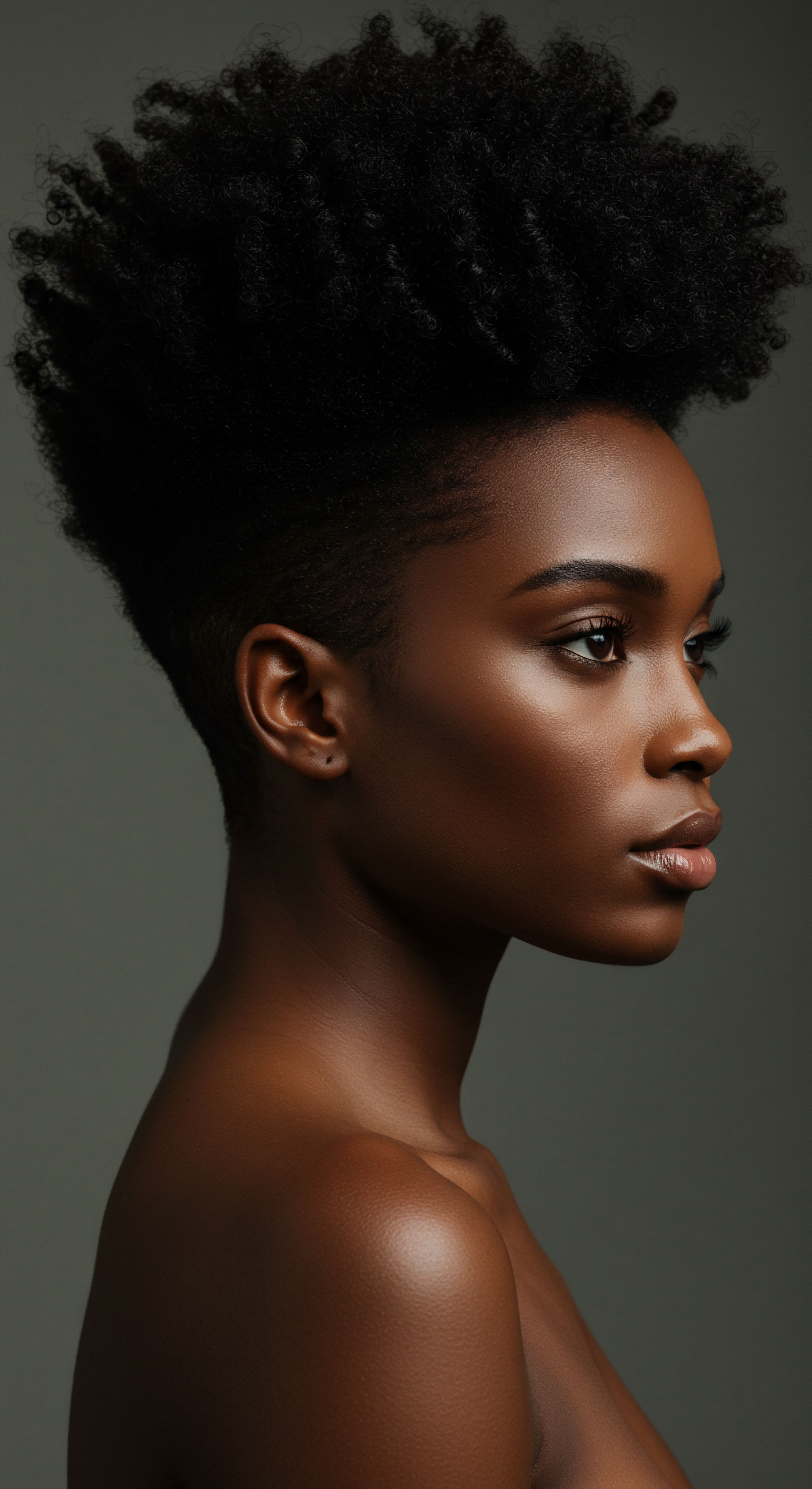
Hormonal Pathways and Microbial Response
One of the primary conduits through which sleep influences the scalp microbiome is the endocrine system, particularly the regulation of stress hormones. Chronic sleep deprivation leads to sustained elevated levels of Cortisol. This hormone, often associated with the body’s stress response, directly affects skin physiology. Cortisol can hamper the production of essential lipids and structural proteins in the epidermal barrier, leading to increased transepidermal water loss and reduced hydration.
Beyond barrier function, elevated cortisol can directly influence microbial populations. Research indicates that psychological stress, which often accompanies poor sleep, can alter the composition of the skin microbiota, with certain genera like Corynebacterium, Cutibacterium, and Staphylococcus showing increased abundance in stressed individuals. While these studies often examine skin generally, the scalp, being a part of the integumentary system, is subject to similar systemic influences. An imbalance in these key microbial residents on the scalp can contribute to conditions like dandruff or even impact hair follicle health.
Moreover, sleep plays a critical role in regulating other hormones, such as Melatonin and Growth Hormone, both of which are crucial for hair follicle growth and cellular regeneration. Disruptions in these hormonal rhythms due to poor sleep can indirectly affect the scalp environment, potentially influencing sebum production or inflammatory signals that then alter microbial dynamics.
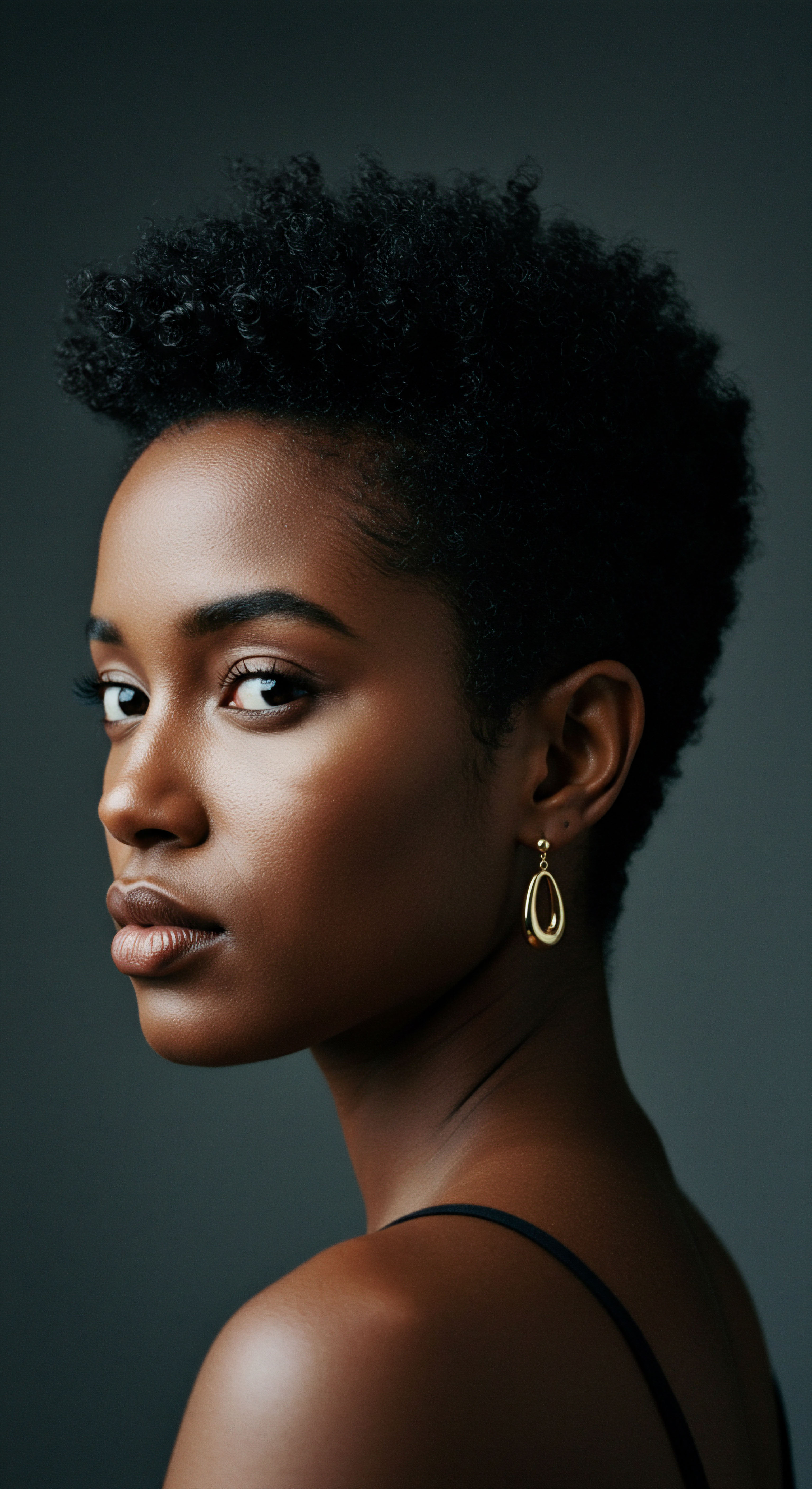
Immune System Interplay with the Scalp Microbiome
The immune system acts as a vigilant guardian of our body’s surfaces, including the scalp. Sleep is inextricably linked to immune function; insufficient rest can lead to a weakened immune response. A compromised immune system makes the scalp more susceptible to infections and reduces its ability to regulate the microbial communities living there. Pro-inflammatory cytokines, which increase during sleep deprivation, can contribute to inflammation on the scalp, potentially damaging hair follicles and disrupting the hair growth cycle.
The skin microbiome and the host immune system engage in a constant dialogue. Commensal microorganisms help train and modulate the local immune responses. When sleep deprivation leads to systemic inflammation, this can upset the delicate balance of immune mediators on the scalp, allowing opportunistic pathogens to thrive or contributing to an overgrowth of normally harmless residents. For instance, an increase in pro-inflammatory cytokines like TNF-α, often seen with lack of sleep, can promote conditions like seborrheic dermatitis, characterized by red patches and flakes on the scalp, and linked to an overgrowth of Malassezia yeast.
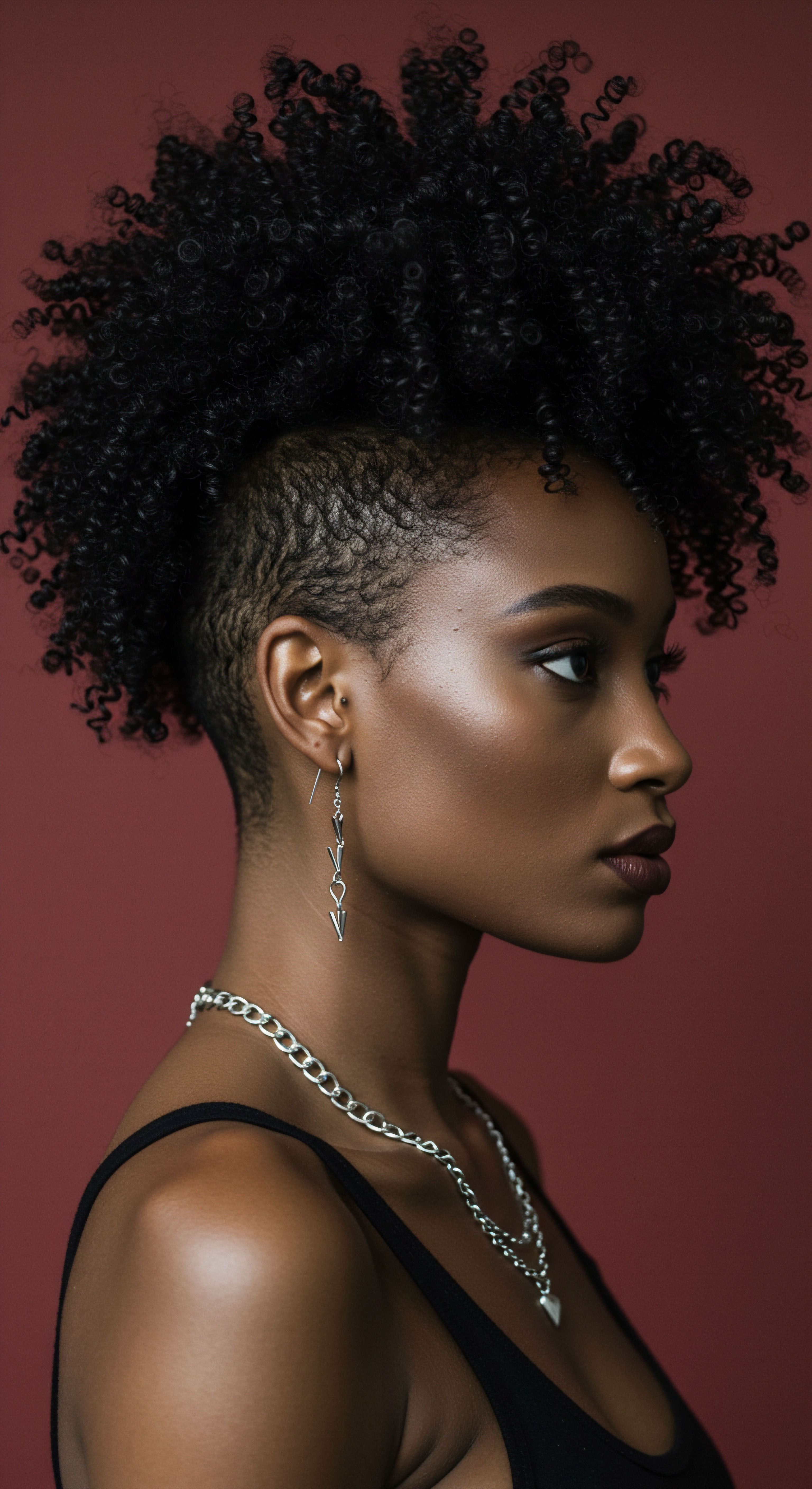
The Circadian Clock and Scalp Rhythms
Our bodies operate on a 24-hour internal clock, the Circadian Rhythm, which governs various physiological processes, including sleep-wake cycles, hormone release, and skin repair. The skin and hair follicles themselves possess their own circadian clocks, which regulate functions such as cell regeneration, barrier repair, and even hair growth cycles.
When sleep patterns are disrupted, the body’s central circadian clock can fall out of sync, subsequently affecting these peripheral clocks in the skin and scalp. This desynchronization can impair the scalp’s ability to efficiently repair itself, turnover new cells, and maintain its protective barrier. A study published in the Journal of Cosmetics, Dermatological Sciences and Applications, for example, highlighted how even one night of sleep deprivation significantly decreased skin hydration and impaired barrier function, demonstrating the immediate physical consequences of a disrupted circadian rhythm.
Poor sleep can elevate stress hormones like cortisol, which may alter the scalp’s microbial composition and compromise its protective barrier, creating an environment less favorable for a balanced ecosystem.

A Unique Data Point ❉ The Alopecia Areata Connection
While the direct impact of sleep on the scalp microbiome is a nuanced area, compelling research points to its influence on conditions where microbial balance is a factor. Consider a 2022 study involving 102 adults, half with Alopecia Areata (AA) and half without, which suggested a complex connection between AA and poor sleep. Researchers noted that insufficient sleep can be a trigger for several autoimmune disorders, and AA often accompanies other autoimmune conditions.
This implies that poor sleep may not directly cause a microbial shift but can exacerbate underlying immune dysregulation, which then indirectly affects the scalp environment and its microbial residents. In AA, for instance, altered levels of Staphylococcus Epidermidis and Propionibacterium Acnes have been observed, contributing to inflammation and follicle damage.
This suggests that while the scalp microbiome is not the sole determinant of hair loss conditions, its environment is significantly influenced by systemic factors like sleep and stress-induced immune responses. The disruption caused by poor sleep could create a cascade where immune dysregulation impacts the scalp’s protective capabilities, potentially allowing for shifts in microbial populations that contribute to scalp irritation or hair follicle vulnerability.

Cultural Dimensions of Rest and Hair Wellness
Beyond the biological mechanisms, cultural perspectives on rest and hair care add another layer of understanding. Across various traditions, sleep has been recognized not just as physical repose but as a sacred time for rejuvenation, often accompanied by specific hair care rituals. In some cultures, preparing hair for sleep is a practice passed down through generations, involving gentle detangling, oiling, and protective styling.
For example, in many African and diasporic communities, the use of Satin Bonnets or scarves at night is a deeply ingrained practice, not merely for style preservation but for moisture retention and friction reduction. This cultural wisdom intuitively understands the importance of protecting hair and scalp during sleep, thereby inadvertently supporting the scalp’s barrier and its microbial inhabitants by minimizing physical stressors and moisture loss. While these traditions may not have explicitly named the “microbiome,” their practices often align with principles that promote its health.

Reflection
The journey into the intricate connection between our nightly rest and the unseen world of the scalp microbiome reveals a profound truth ❉ our well-being is a seamless continuum, where the most subtle shifts in one area can ripple through the entire system. The quality of our sleep, often dismissed as a mere pause in our busy lives, emerges as a potent force, capable of orchestrating hormonal shifts, modulating immune responses, and influencing the very environment where our scalp’s microscopic residents thrive. It beckons us to consider how deeply intertwined our daily habits, ancestral wisdom, and the silent biological processes truly are, urging a more mindful approach to our overall health, beginning with the quiet hours of the night.
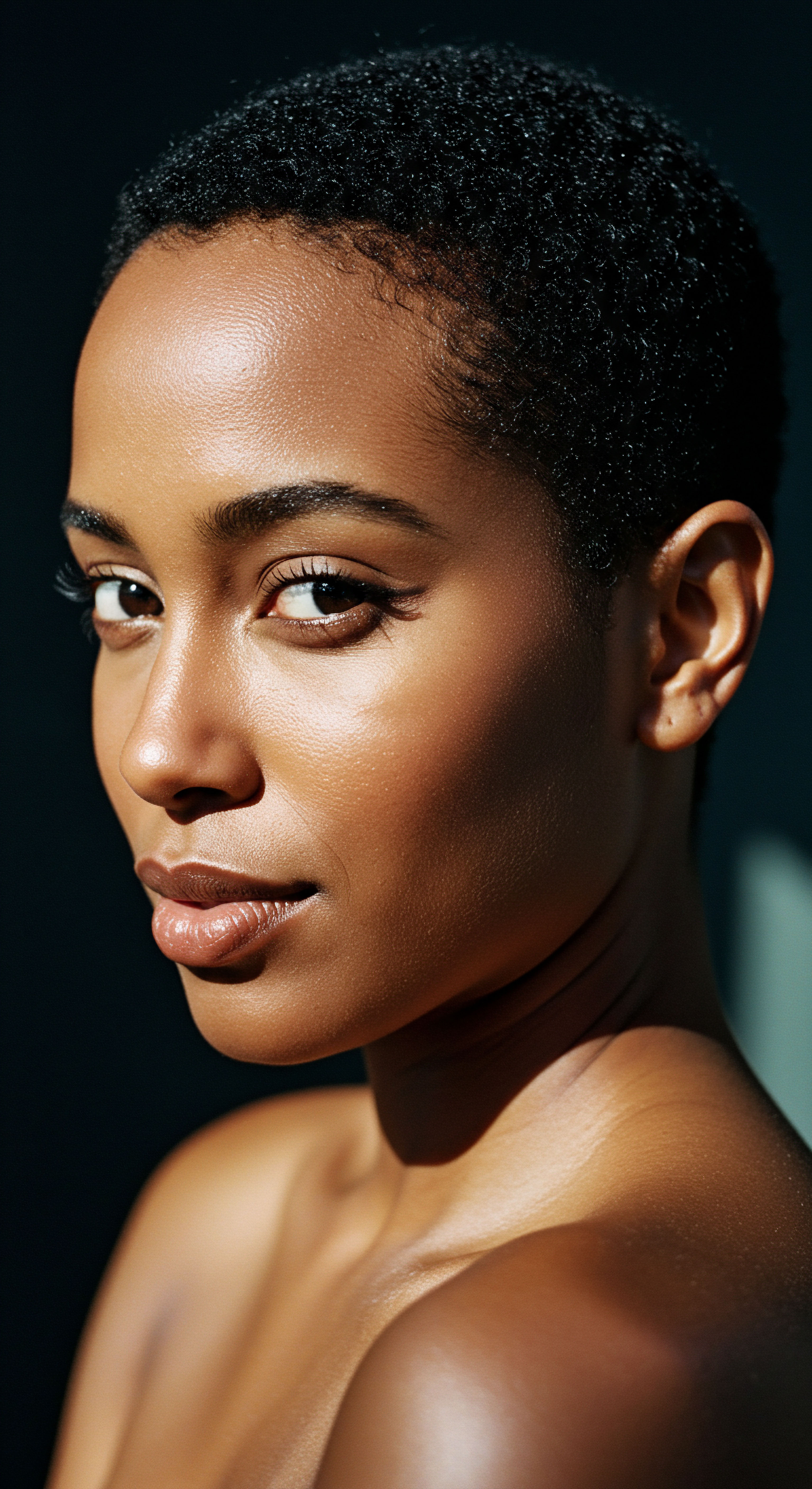
References
- 1. Gandolfi, M. et al. (2022). Scalp Microbiome ❉ Its Definition and Role. Rene Furterer.
- 2. Baron, E. D. et al. (2019). Sleep Deprivation and the Skin. Clinical and Experimental Dermatology, 40(1), 17-22.
- 3. Kahan, V. Andersen, M. L. Tomimori, J. & Tufik, S. (2010). Can Poor Sleep Affect Skin Integrity? Medical Hypotheses, 75(6), 535-537.
- 4. Draelos, Z. D. (2017). Cosmetic Dermatology ❉ Products and Procedures. Wiley Blackwell.
- 5. Elma D. Baron, et al. (2019). The Effects of Sleep Deprivation on the Biophysical Properties of Facial Skin. Journal of Cosmetics, Dermatological Sciences and Applications, 9(2), 125-135.
- 6. Stokes, J. H. & Pillsbury, D. M. (1930). The Effect of the Ingestion of Lactic Acid on the Skin. Archives of Dermatology and Syphilology, 22(1), 74-82.
- 7. Beauty Culture. (1911). New York ❉ The Beauty Culture Publishing Co.
- 8. Chang, Y. C. et al. (2022). Taurine Prevents Impairments in Skin Barrier Function and Dermal Collagen Synthesis Triggered by Sleep Deprivation-Induced Estrogen Circadian Rhythm Disruption. MDPI, 11(12), 1667.
- 9. Dreno, B. et al. (2017). The Skin Microbiome ❉ A New Actor in Acne Pathogenesis. American Journal of Clinical Dermatology, 18(3), 325-334.
- 10. Park, J. H. et al. (2020). The Relationship Between Sleep Quality and Hair Loss in Korean Adults. Annals of Dermatology, 32(5), 415-420.
- 11. Koyama, T. et al. (2016). Melatonin ❉ A Potent Regulator of Hair Follicle Cycling. Journal of Pineal Research, 61(1), 1-13.
- 12. Al-Ghadeer, H. A. & Al-Zubaidi, A. A. (2023). Sleep Quality and its Association with Skin Health Among University Students. Journal of Dermatology and Cosmetology, 7(1), 1-8.
- 13. Slominski, A. T. et al. (2012). Melatonin in the Skin ❉ Synthesis, Metabolism, and Functions. Advances in Experimental Medicine and Biology, 769, 297-321.
- 14. Hirschi, S. et al. (2022). Exploring the Interplay Between Stress Mediators and Skin Microbiota in Shaping Age-Related Hallmarks ❉ A Review. ResearchGate.
- 15. San Francisco Call. (1904). San Francisco ❉ The San Francisco Call Company.